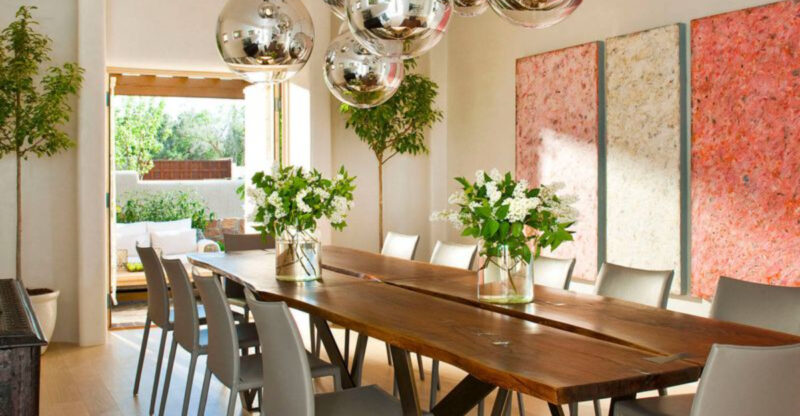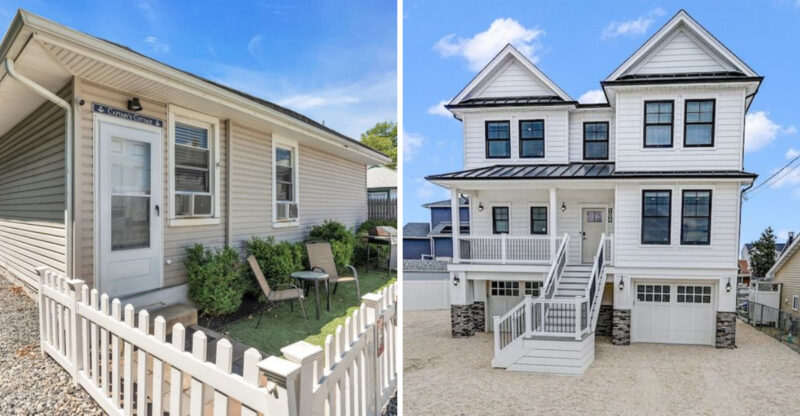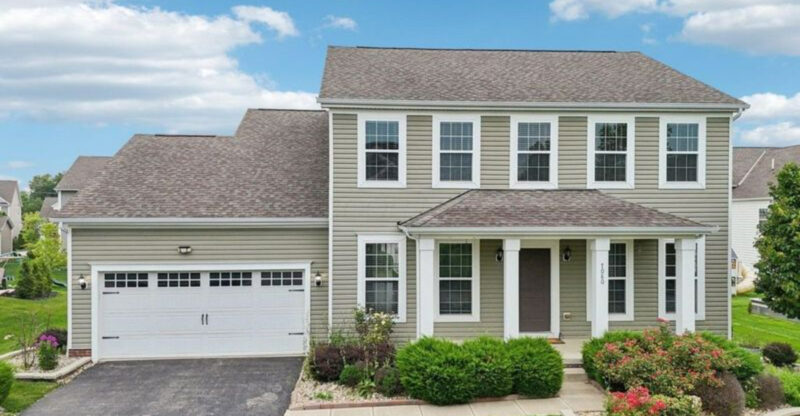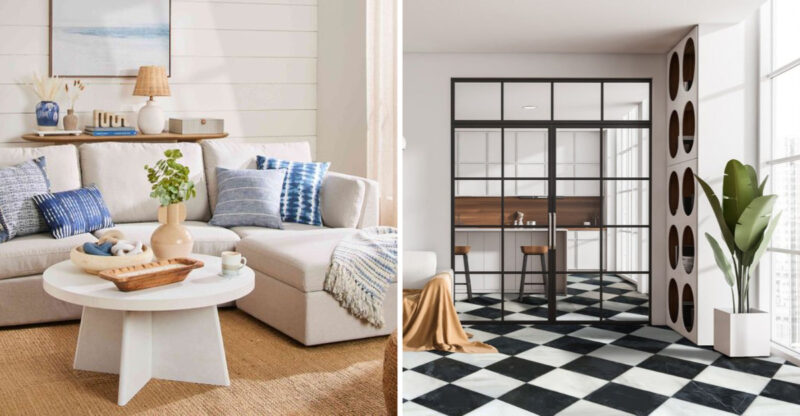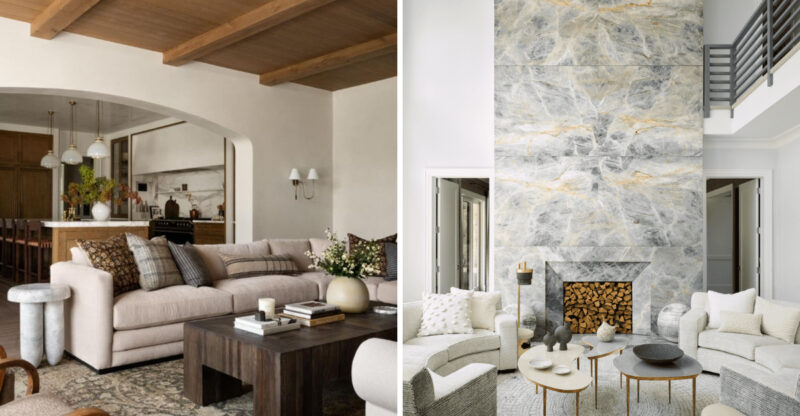Which 6 Oklahoma Home Types Will Drop In Value By Late 2025 Plus 8 That Will Grow
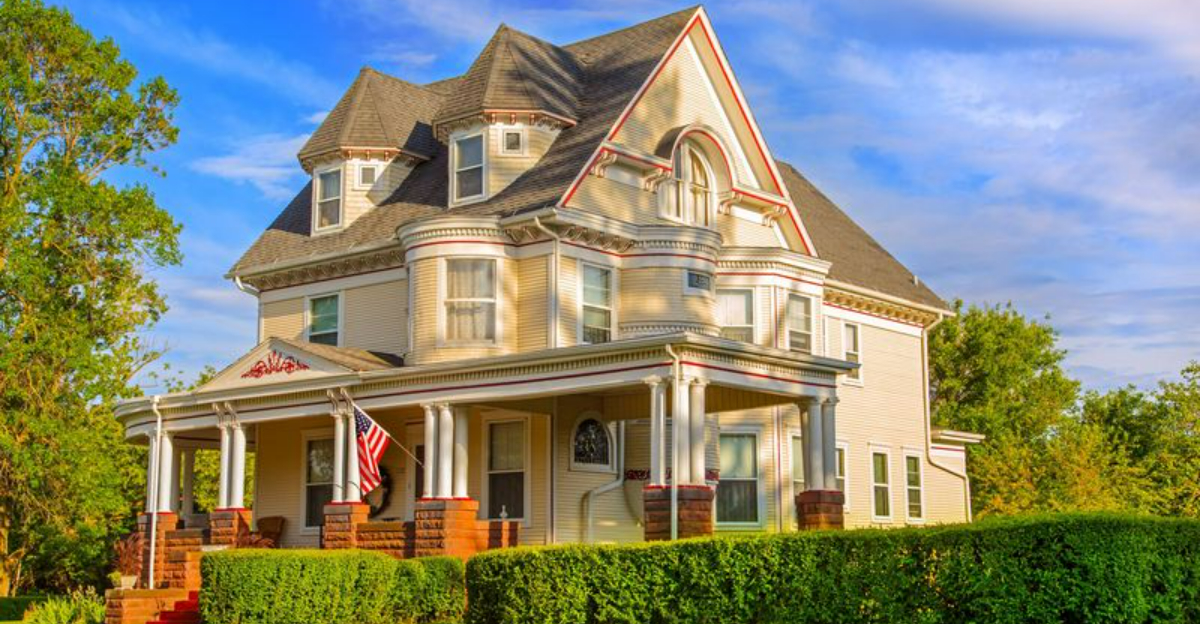
The Oklahoma housing market is shifting in unexpected ways as we look toward late 2025. Some property types that were once solid investments are showing signs of weakness, while others are poised for impressive growth.
Understanding these trends now could save you thousands or help you cash in on the right opportunity. Let’s explore which Oklahoma homes might lose value and which ones could be your ticket to profit.
1. Older McMansions Face Declining Appeal
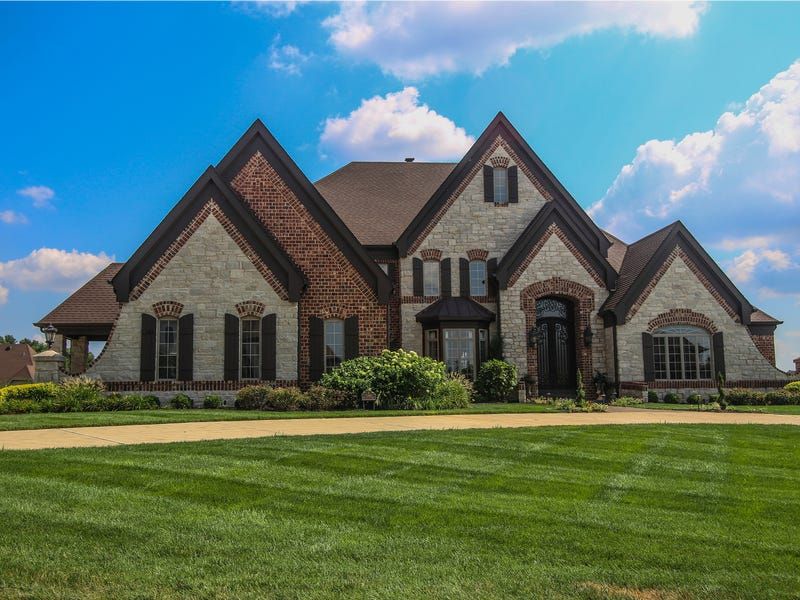
Large cookie-cutter homes built in the early 2000s are losing their charm fast. These oversized houses with their formal dining rooms and excessive square footage don’t match how Oklahomans want to live today.
High maintenance costs and outdated layouts make these properties increasingly difficult to sell. Energy bills alone can top $500 monthly during extreme weather, scaring away potential buyers.
Expect values to drop 8-12% by late 2025, especially in suburbs around Oklahoma City and Tulsa where these homes were mass-produced during the housing boom.
2. Rural Properties Without High-Speed Internet
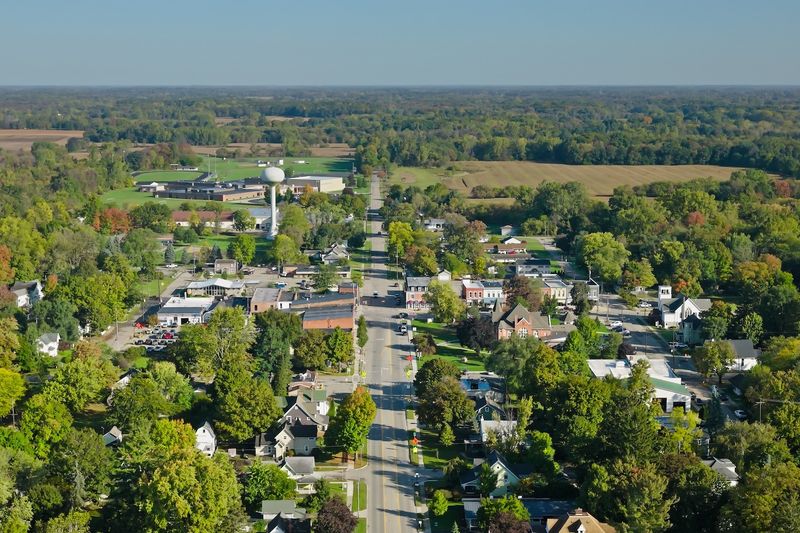
Remote work has changed everything for rural Oklahoma properties. Homes without reliable broadband are quickly becoming investment nightmares regardless of their charm or acreage.
Buyers today expect minimum internet speeds of 100 Mbps, and properties stuck with satellite or DSL connections simply can’t compete. Even beautiful country homes are sitting on the market longer.
I’m seeing price reductions of 15-20% in some rural counties, and this trend will accelerate through 2025 as digital infrastructure becomes even more essential for daily life.
3. Luxury High-Rise Condos in Downtown Areas
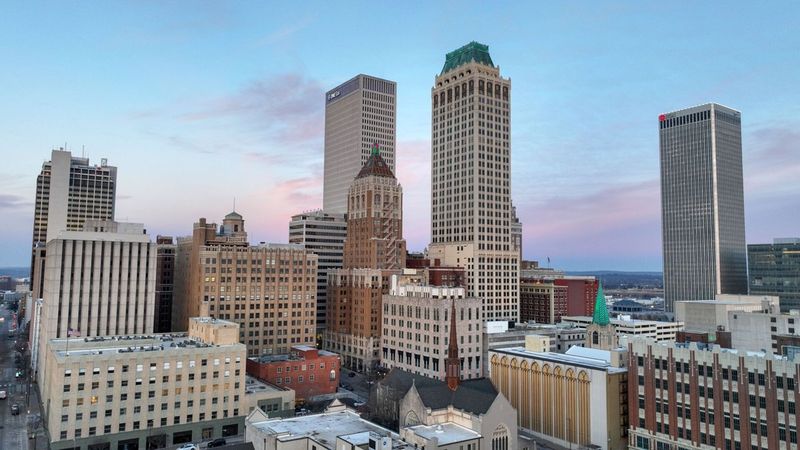
Those gleaming towers in downtown Oklahoma City and Tulsa that seemed so promising? They’re facing tough times ahead. Post-pandemic work patterns have permanently reduced downtown foot traffic and nightlife.
Maintenance fees keep climbing while amenities that once justified premium prices sit unused. Some buildings are seeing 30% fewer visitors to their fancy gyms and community spaces compared to 2019.
The oversupply problem is particularly acute in areas that were banking on continued urban renaissance.
4. Homes in Flood-Prone Neighborhoods
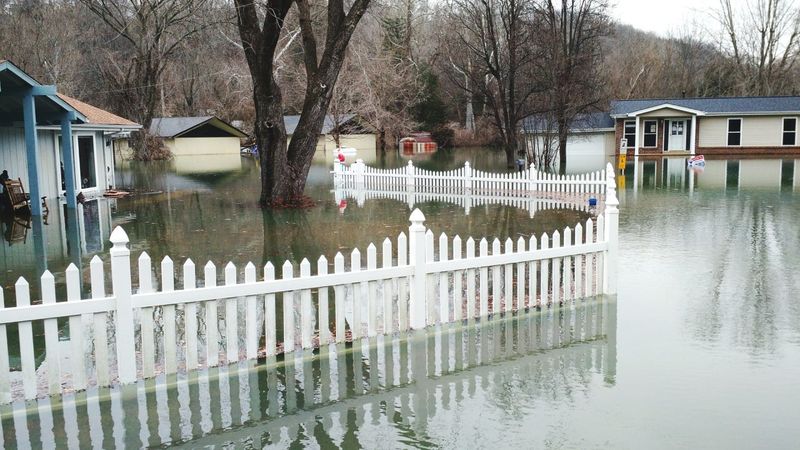
Climate awareness is changing buyer behavior across Oklahoma. Properties in areas that have experienced even minor flooding are facing harsh market realities as insurance rates skyrocket.
Neighborhoods near the Arkansas River and Canadian River are particularly vulnerable. Some homeowners have seen insurance premiums triple in just two years.
By late 2025, expect these properties to lose 15-25% of their current value as flood maps are updated and more buyers prioritize climate resilience. Even homes that haven’t flooded yet but sit in potential flood zones are seeing declining interest.
5. Properties Near Oil and Gas Operations
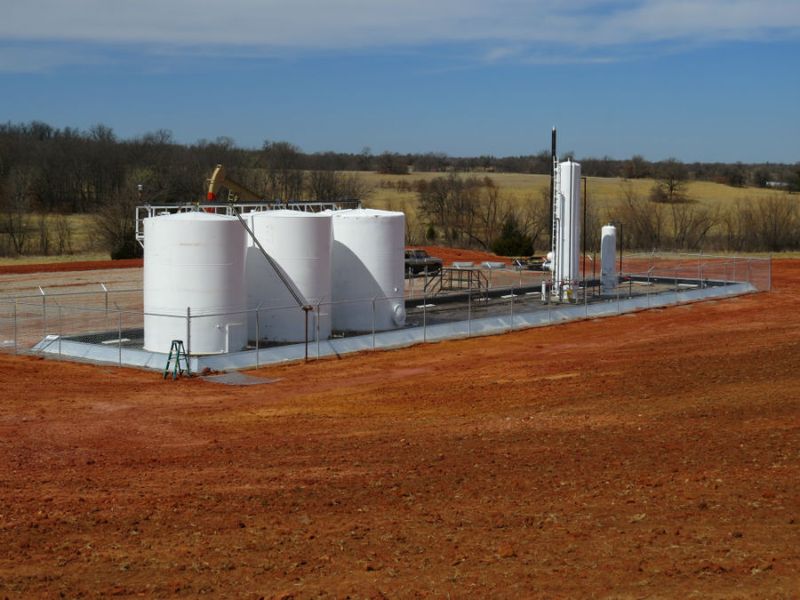
The energy industry has long been Oklahoma’s economic backbone, but living near active operations is becoming less desirable. Homes within a mile of fracking sites or processing facilities are seeing buyer hesitation.
Health concerns, noise pollution, and potential groundwater issues have created a 10-15% price gap compared to similar homes in other areas. This trend will intensify as environmental awareness grows.
By 2025, these properties could see values drop by up to 20% as more buyers prioritize clean air and quiet surroundings. The effect is strongest in counties with the highest concentration of new drilling activity.
6. Outdated Ranch-Style Homes Without Updates
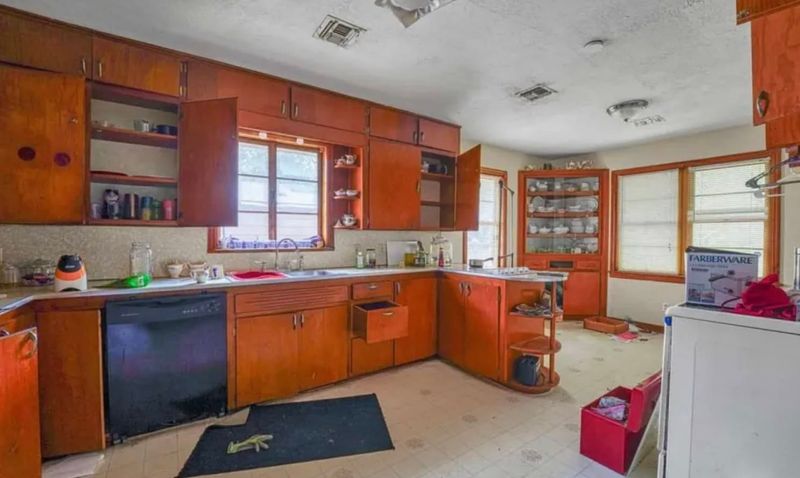
Those 1970s and 80s ranch homes that haven’t seen renovations are quickly losing market appeal. Low ceilings, closed-off kitchens, and original bathrooms are major turnoffs for today’s buyers.
The renovation costs have also ballooned – updating a typical ranch now runs $50-75K, making these homes less attractive as fixer-uppers. Many buyers simply don’t want the hassle.
I’m projecting a 10-15% value decline by late 2025 for these time-capsule properties. The drop will be most severe in middle-class neighborhoods where buyers have plenty of updated alternatives to choose from.
7. Modern Farmhouses in Growing Communities
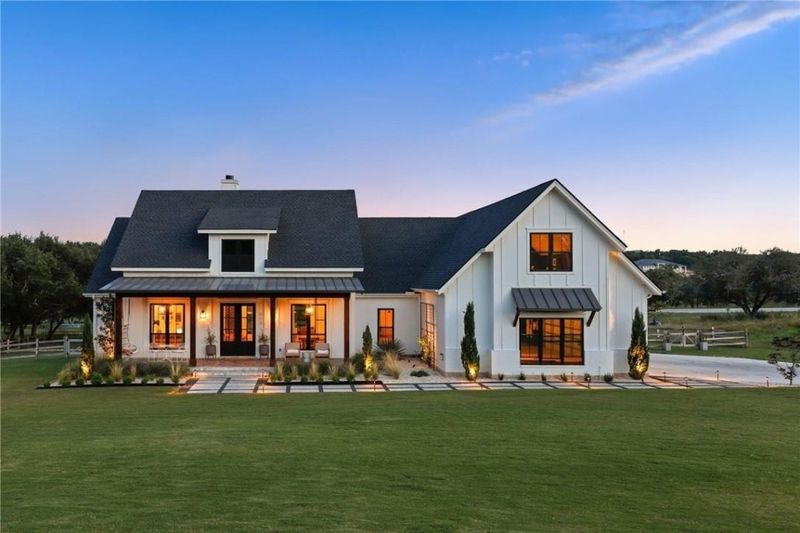
The modern farmhouse style isn’t just a passing trend in Oklahoma – it’s becoming a solid investment. These homes blend traditional charm with contemporary open layouts that perfectly match local preferences.
Edmond, Broken Arrow, and Yukon are seeing particularly strong demand for this style. The combination of practical features and aesthetic appeal transcends market fluctuations.
I’m seeing consistent 4-6% annual appreciation on these properties, which should continue through 2025. Homes featuring white board-and-batten exteriors, black windows, and front porches are especially desirable to Oklahoma buyers across all age groups.
8. Energy-Efficient New Construction
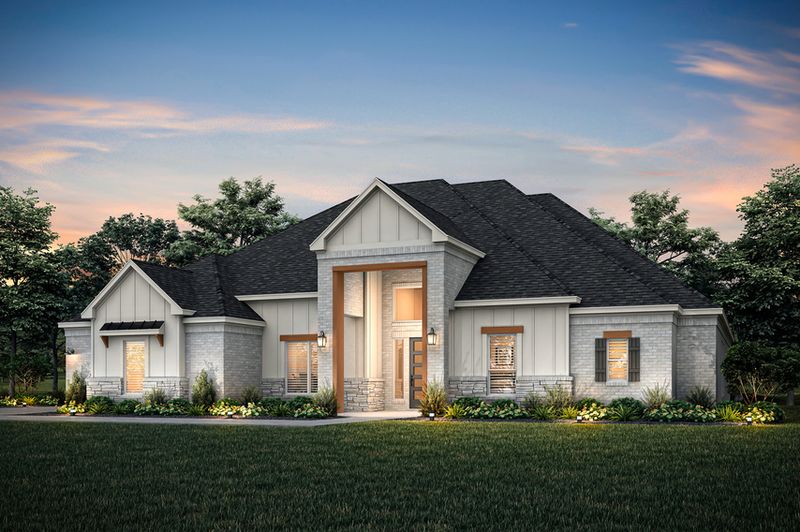
Oklahoma’s extreme weather makes energy-efficient homes increasingly valuable. New builds with spray foam insulation, double-pane windows, and smart climate systems are commanding premium prices.
The math is simple: homes that can keep utility bills under $150 monthly despite 100-degree summers and freezing winters offer tremendous long-term value. Buyers are willing to pay 5-8% more upfront.
By 2025, these energy-efficient properties should see 12-15% appreciation as energy costs continue rising. The growth is strongest in Norman and Stillwater, where environmental consciousness is higher among the university-affiliated population.
9. Properties With Accessory Dwelling Units

Homes with guest houses, garage apartments, or basement suites are Oklahoma’s hidden investment gems. These flexible spaces create rental income potential that dramatically increases property values.
A well-designed ADU can generate $800-1,200 monthly in rental income while providing space for multi-generational living. Local zoning has also become more ADU-friendly in many Oklahoma communities.
I’m seeing these properties appreciate 15-20% faster than comparable single-living-space homes. This trend will accelerate through 2025 as housing affordability concerns push more people toward shared living arrangements and homeowners seek passive income opportunities.
10. Acreage Properties Within Commuting Distance
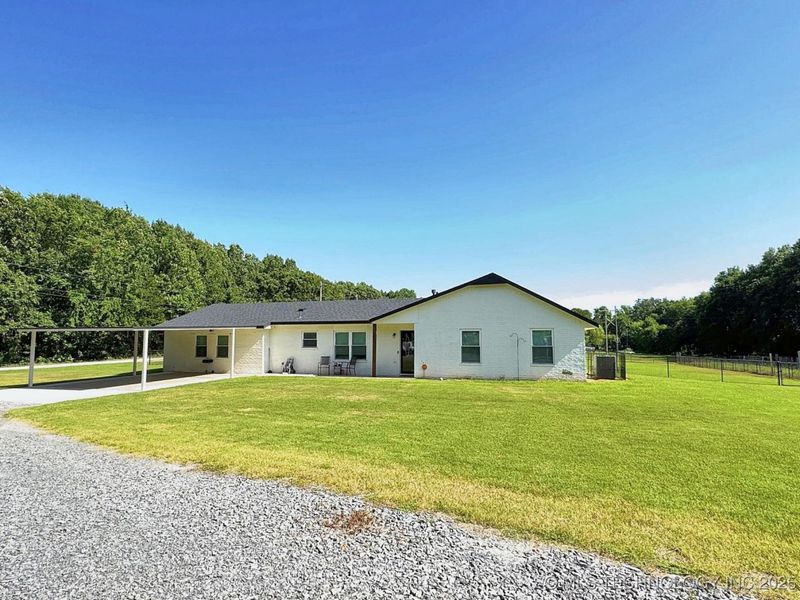
The sweet spot in Oklahoma’s market? Homes on 2-10 acres located within 30 minutes of employment centers. These properties offer the perfect balance of space and convenience for post-pandemic living patterns.
Buyers are willing to pay premium prices for the privacy and outdoor lifestyle these homes provide. The pandemic permanently shifted preferences toward more personal space.
Look for 10-15% appreciation by late 2025, especially in corridors along I-35 and I-44 that offer reasonable commutes to major employers. Properties with established gardens, outdoor entertainment areas, or small barns are particularly valuable as buyers seek self-sufficiency and outdoor recreation options.
11. Lakefront Properties Throughout the State
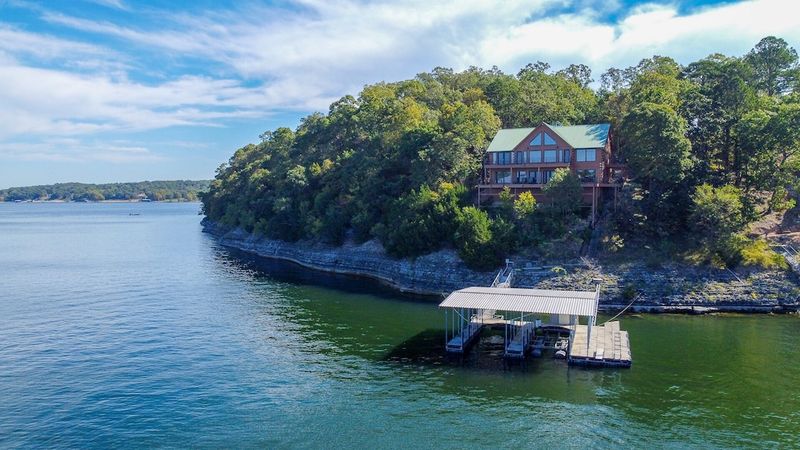
Oklahoma’s numerous lakes provide exceptional investment opportunities as water becomes an increasingly precious resource. Properties on Grand Lake, Lake Eufaula, and Lake Texoma are seeing particularly strong growth.
The pandemic created a permanent shift toward outdoor recreation, making waterfront living more desirable than ever. Even modest cabins with water access are appreciating rapidly.
Expect 15-20% value increases by late 2025, especially for properties with private docks or protected coves. The growth is strongest for homes that offer year-round livability rather than just seasonal use, as remote work enables more people to make lakefront living their primary residence.
12. Homes in Revitalized Historic Districts
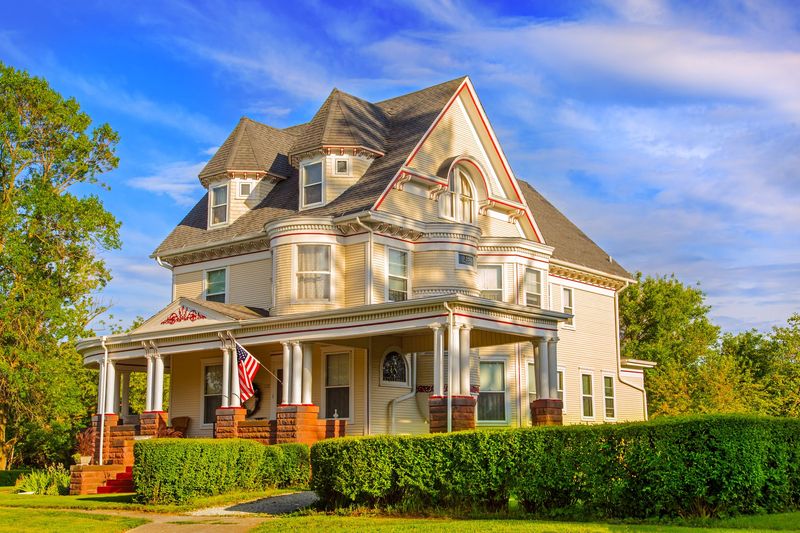
Oklahoma’s historic neighborhoods are experiencing remarkable comebacks. Areas like Mesta Park in OKC and Brady Heights in Tulsa offer irreplaceable architectural character that commands premium prices.
Younger buyers particularly value the unique details and walkable locations these neighborhoods provide. The combination of historic charm and proximity to urban amenities creates lasting appeal.
These areas should see 8-12% appreciation by late 2025, outperforming the broader market. The limited supply of historic homes creates natural scarcity that protects values even during market downturns, making these properties especially resilient investments.
13. Properties in Top School Districts
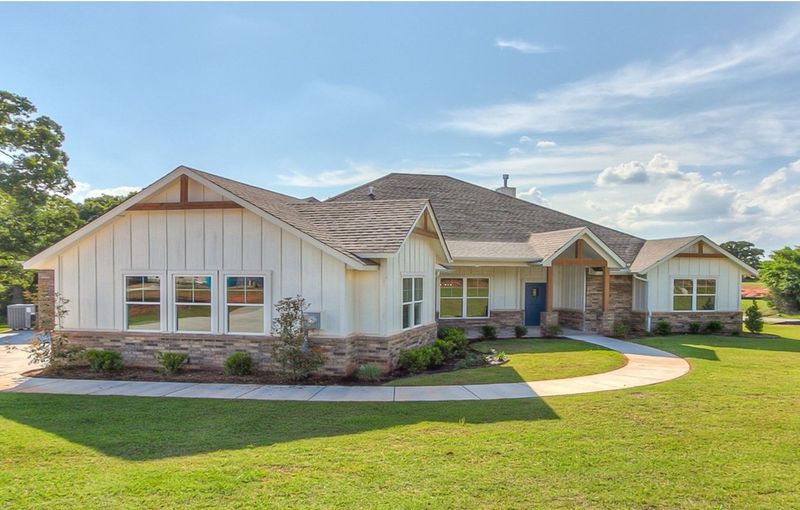
School quality remains the most reliable driver of Oklahoma home values. Properties in districts like Deer Creek, Jenks, and Edmond continue to appreciate regardless of broader market conditions.
Families will stretch their budgets 15-20% to access better schools, creating consistent demand even during economic uncertainty. This pattern has only strengthened post-pandemic.
I’m projecting 10-12% appreciation by late 2025 for homes in top-rated districts. The premium is highest for 3+ bedroom homes in the $250K-$450K range that appeal to young families, creating an especially stable investment opportunity in these targeted areas.
14. Smaller, Low-Maintenance Homes for Downsizers
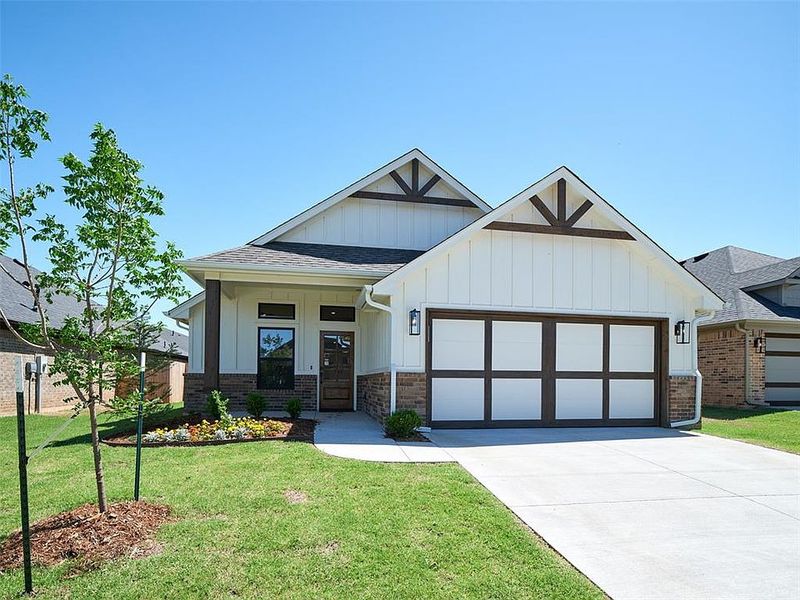
Oklahoma’s aging population is creating strong demand for right-sized homes with single-level living. Well-designed properties under 2,000 square feet with quality finishes are selling quickly.
The key features driving value include zero-step entries, wider doorways, and master suites on the main level. These universal design elements appeal to both seniors and younger buyers seeking practicality.
Expect 8-10% appreciation by late 2025 for these thoughtfully designed smaller homes. The trend is particularly strong in established neighborhoods close to medical facilities, shopping, and services that support aging in place comfortably.

